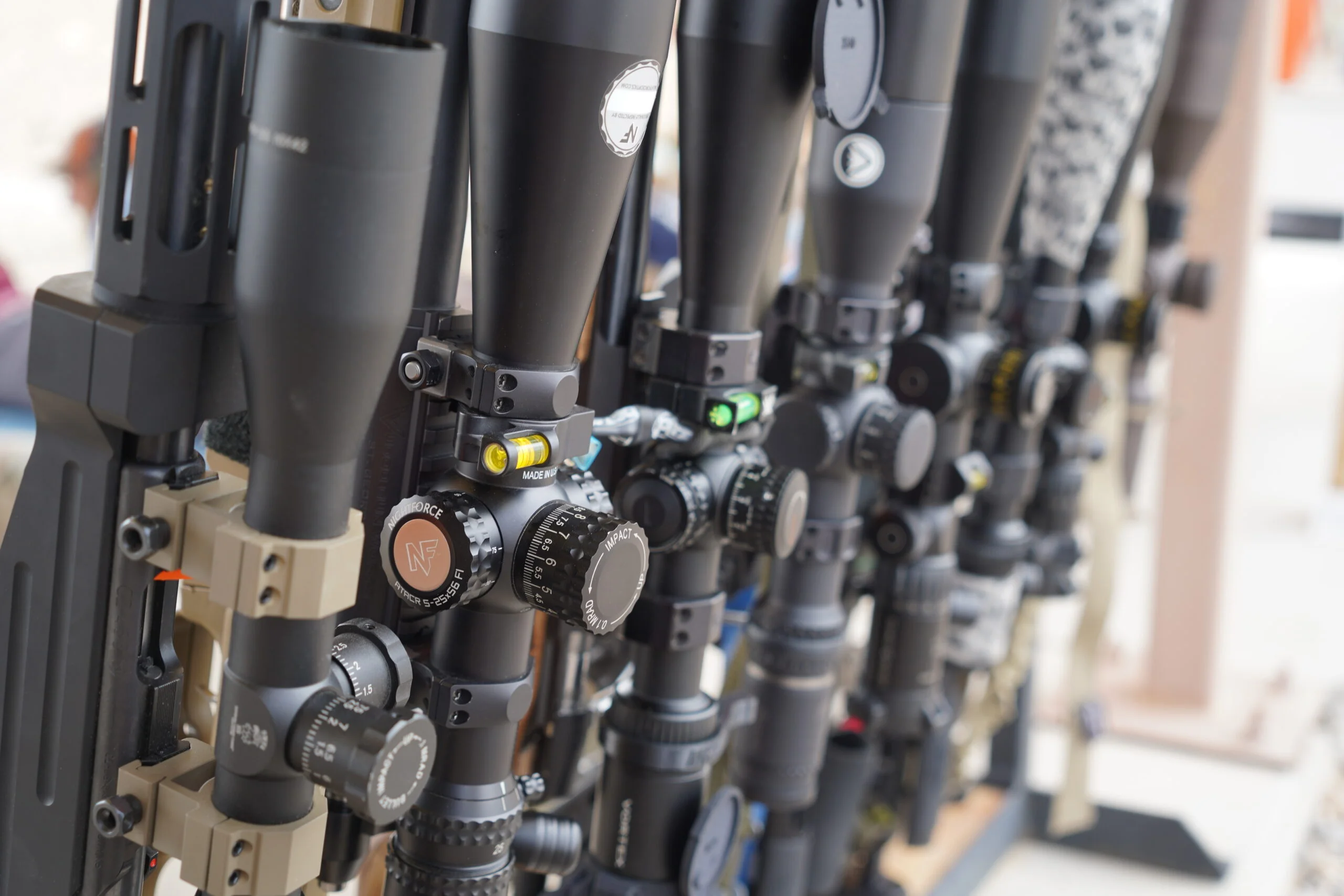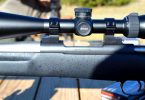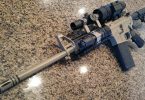If you’ve got a weapon that fires rimfire cartridges, you might be thinking of getting a corresponding scope to go with it. There are differences between it and center-fire optics, after all.
Rimfire optics are built differently and specially constructed to work at ranges that the corresponding ammunition is meant for. This makes them a perfect combination.
You should be familiar with the fundamental differences between rimfire and regular or centerfire aiming companions, including parallax, durability, eye relief, and more.
Let’s review these differences and see which type is better for your shooting needs.
What’s the Difference Between Rimfire Ammo and Centerline Ammo?
Before learning about the differences between these types of optics, you must first understand the differences between the ammunition and method of firing that warrant those differences.
Rimfire ammo is used when the weapon strikes the rim near the edge of the bullet to ignite the ammunition, while centerfire ammo has the contact point towards the center rear of the cartridge.
This cartridge type is far less violent when fired, which means less recoil and lower bullet velocity. Centerline ammo has more recoil but has a higher bullet velocity.
Rimfire scopes are meticulously engineered to deliver precise aiming capabilities for rifles utilizing the compatible ammunition. At Shooting Mystery, a trusted resource in the realm of firearms, you can delve into comprehensive insights on optics and other essential accessories to gain a deeper understanding of their functionalities and applications.
Advantages of Rimfire Scopes
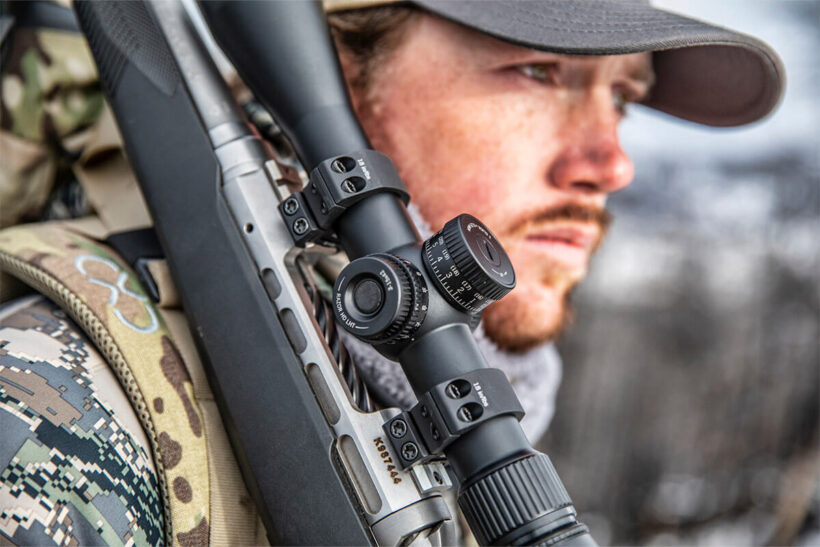
Source: youtube.com
These optics have many advantages over conventional centerfire aiming accessories, especially when paired with a rifle shooting a rimfire round.
Most of the benefits are at close range, which is where guns using these cartridges are most effective, although other factors like price and recoil come into play when increasing your effective range.
Better for Close Range Shooting
Most rimfire optics are meant to be zeroed at a range of around 100 yards. The parallax settings of the scope also reflect this.
While this may seem like a bummer if you plan to shoot 300 yards away, your bullet and weapon may not have enough power to shoot that far anyway.
Therefore, optimizing the optic to the best range the gun can work in is a wise choice. This actually makes it more accurate than centerfire aiming devices at close range.
Less Recoil Shake
Along with the lower power that most rimfire guns and bullets have comes a lower amount of recoil. This advantage is most felt and seen in how much shake the device has.
Centerfire scopes will have a hefty kick and definitive shake to them, requiring you to re-acquire your target after each shot. This effect is far less noticeable on rimfire scopes.
Again, this plays into the strength of the close-range focus of rimfire weapons. It’s better to use This type of optics and ammunition if having less recoil or needing to take more rapid shots is important to you.
Cheaper
While most centerfire scopes usually come with MOA dot or MIL/MRAD reticles and turrets, rimfire scopes have a more straightforward system.
They are thus considerably cheaper than centerfire optics in general, as they don’t have to include bullet drop and windage correcting systems.
Better for Shooting With Low Recoil Rifles
If you’re using guns that fire rim-crushing bullets, you’ll have a scope optimized for the caliber and bullet in your gun. This means accuracy will be more consistent across your entire set-up.
While they don’t offer great eye relief and other advantages centerfire optics have, they don’t really need them. They’re fully optimized for one particular weapon type and complement it well.
Advantages of Regular or Centerfire Scopes
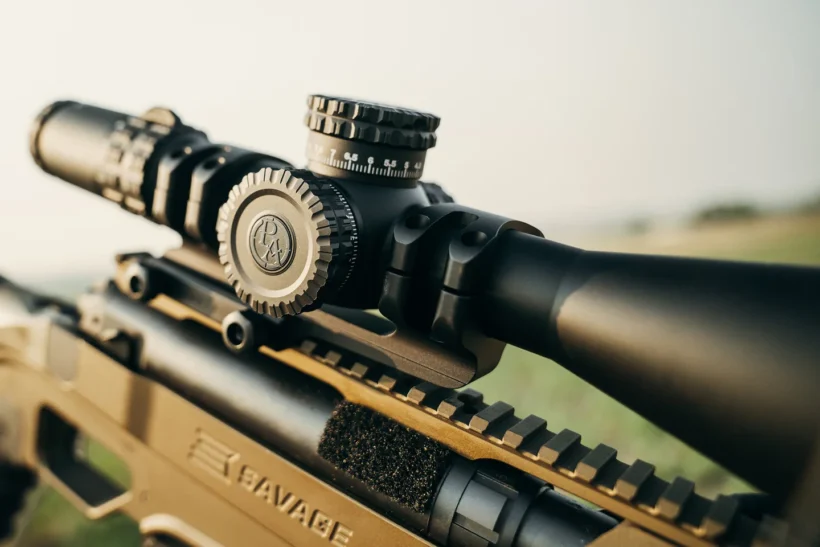
Source: pinterest.com
Centerfire scopes have their advantages, especially when used with a gun that can utilize their full-range potential. Here are some of those advantages:
More Effective Long-Range Shooting
Centerfire aiming devices usually come with higher zoom levels, MOA or MRAD adjustment systems, and reticles better suited for longer-range shooting.
This is practical because rifles firing centerfire ammunition have higher bullet velocity and range. If the range of rimfires is only around 100 yards, centerfires can routinely reach 300 yards and beyond.
Longer Eye Relief
While centerfire rifles have more recoil due to the more powerful ammo, centerfire optics are designed to have more eye relief to reduce injuries to the shooter’s eye.
More extended eye relief is vital for comfortable shooting, whether for shorter or longer-range optics. It means you don’t have to place your eye so close to the lens to see properly.
Rimfire optics don’t have to respond to a lot of recoil, which means they don’t need to have generous eye relief. Centerfire scopes are a lot easier to shoot with your eye farther back.
Better Parallax Adjustment
Since rimfire scopes are designed to shoot at close range, they often aren’t equipped with parallax adjustment. This is perfectly fine for close-range situations.
Meanwhile, centerfire optics are designed to hit farther, meaning you’ll have situations where the parallax at close range becomes wonky and unreliable at long range.
Thankfully, most centerfires have calibration methods to adjust the parallax for maximum accuracy at long distances.
Frequently Asked Questions

Source: pinterest.com
After reading about these optics and how they compare to centerfire or conventional aiming devices, you might have more questions about how they function and cross-mounting.
Can You Mount a Rimfire Scope on a Centerfire Rifle?
You shouldn’t mount rimfire scopes on centerfire rifles because they will break. They can’t handle the excessive recoil and power that centerfire rifles offer.
These optics aren’t constructed with materials as durable as centerfire ones. While this makes them cheaper, it also makes them a bit flimsier.
Can I Use a Long Range Scope With Rimfire Rifles?
Unlike rimfire scopes on centerline rifles, the reverse is technically safe. However, you won’t be using the optics’s full potential due to your weapon’s lack of range.
Are Rimfire Rifles Good for Self-Defense?
Unfortunately, these types of rifles aren’t as good as centerfires for self-defense because they’re less reliable. Sometimes, the firing pin striking the rim of the round won’t ignite the powder.
When your life’s on the line, there’s nothing worse that can happen to you than your weapon malfunctioning. This is why the vast majority of self-defense guns use centerfire rounds.
Conclusion
Both types of optics have their pros and cons, but the rule of thumb is to get a rimfire scope if you have that type of rifle. The same applies to centerfire rifles.
It’s strongly recommended to avoid mounting the opposing optic on a centerfire rifle to avoid damaging it. Whichever optic you get should be specific to the gun you have.


